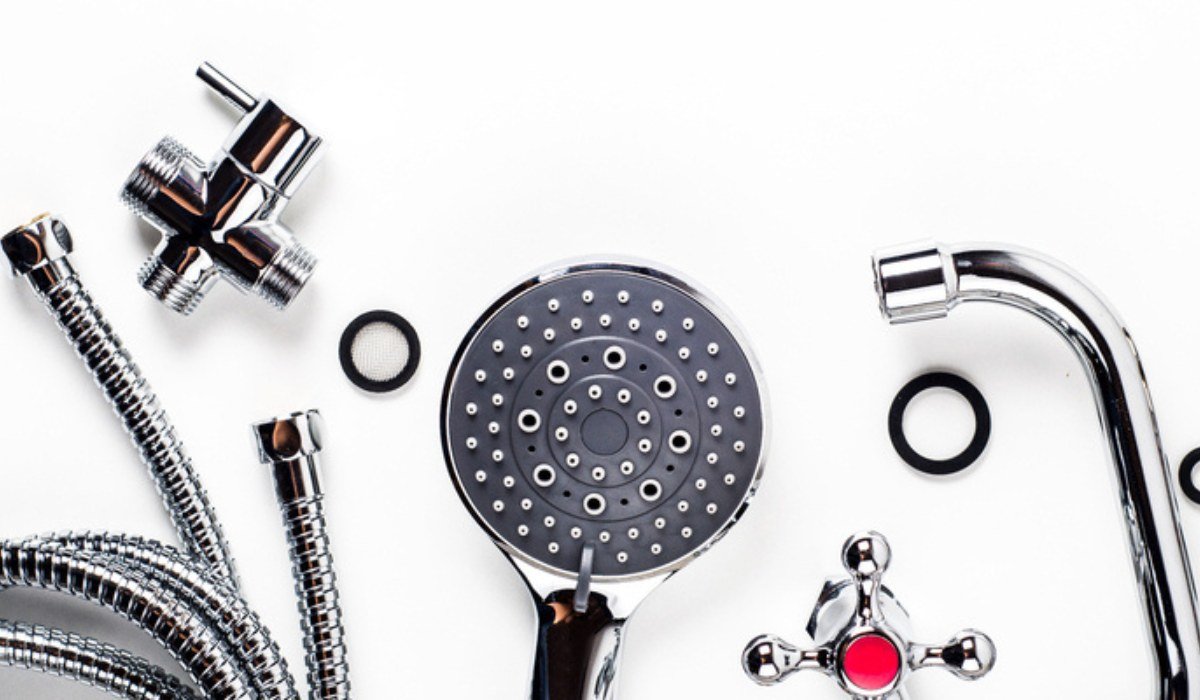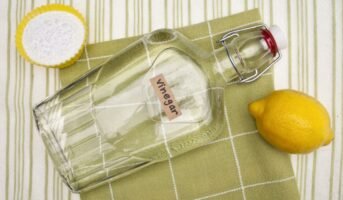Plumbing fittings, also known as pipe connectors, connect one pipe to another to extend piping or change the flow direction in a piping system. They are used to combine, divert, or reduce water flow and come in a variety of sizes to match the pipes they connect.
Plumbing fitting dimensions are essential, and one must follow the standard dimensions to avoid issues in the future. Most fittings have the same size orifice on both ends, but some fittings are designed with different size orifices to act as a transition from one size pipe to another.
See also: Pipe fittings: Types, connection and criteria for selection
11 types of plumbing fittings
There are numerous types of plumbing fittings you can choose from, depending on your needs. Here are the most common 11 types of plumbing fittings available.
Types of plumbing fittings #1: Elbow
Elbows are the most commonly used piping systems found in almost all types of plumbing and are available in all piping materials. An elbow fitting connects two pipes by making a 90° bend. Thus, water can only flow in one direction. Most angle fittings connect to the sink or tub drain, or both.
Elbows contain angles ranging from 90 degrees, 60 degrees, 45 degrees, and 22 ½ degrees, and a reducing elbow which changes the size of a pipe.
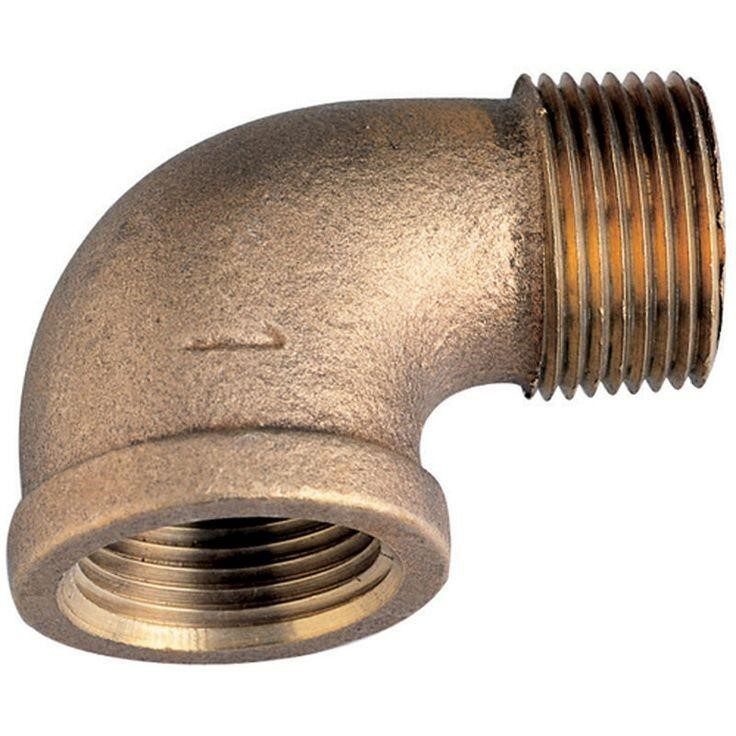
Source: Pinterest
Types of plumbing fittings #2: Tee
A tee connects three pipes. They are used to change the flow direction, split it into two or more parts, or divert water to another tube.
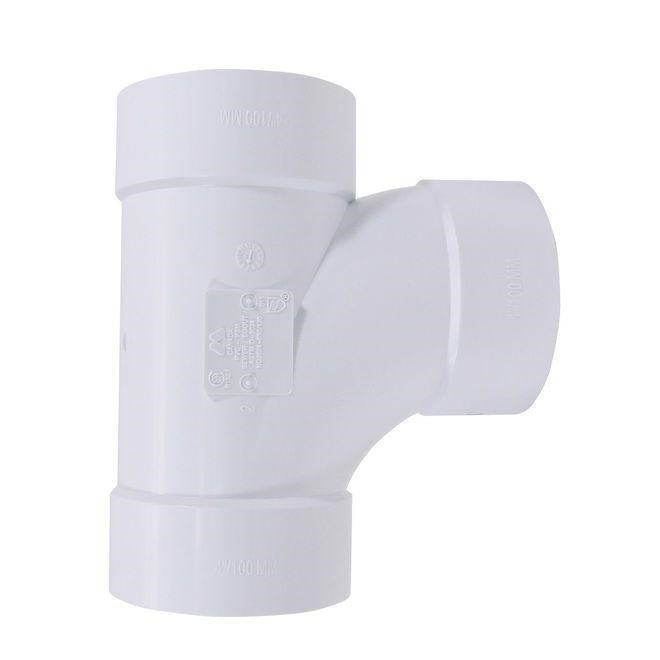
Source: Pinterest
Types of plumbing fittings #3: Cross fitting
Cross fittings are used at intersections in piping systems. They eliminate sharp internal arcs that can clog with mineral deposits, especially when water is hard. It also makes it easier to patch pipes.
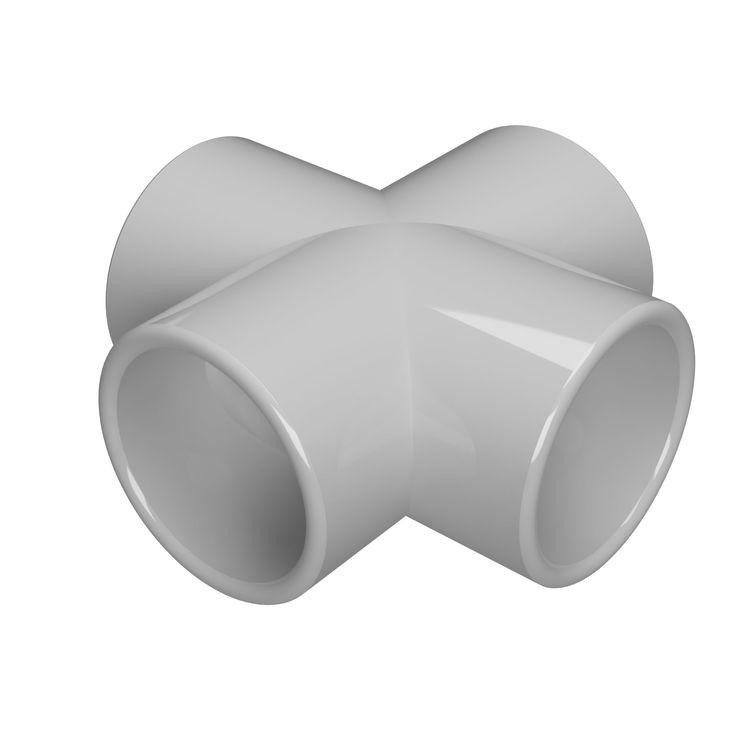
Source: Pinterest
Types of plumbing fittings #4: Reducer
Reducing fittings connect pipes of various thicknesses and threads. Most reducing fittings are made of galvanised steel. This fitting reduces flow and has two types of reducers. Concentric reducers connect two pipes on the same axis, and eccentric reducers are used to connect pipes of different diameters. Concentric reducers look like cones, while eccentric reducers look like off-centre bells. They prevent air bubbles in the tube.
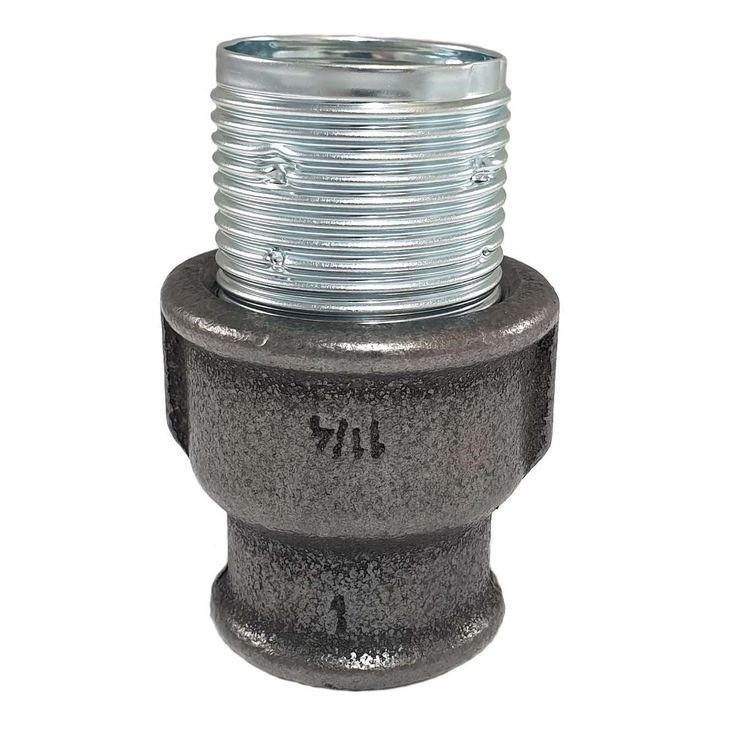
Source: Pinterest
Types of plumbing fittings #5: Adapter
The adapter connects the threads of two different sizes of tubing. There are various adapters, but the most common are: Locking pipe adapters, offset pipe adapters, male pipe adapters, female pipe adapters, straight thread adapters, etc. Most adapters are made of either of brass, copper, or galvanised steel.
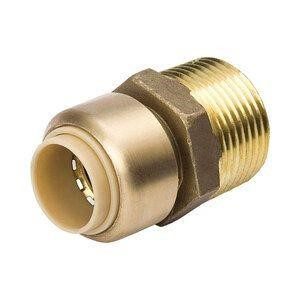
Source: Pinterest
Types of plumbing fittings #6: Cap
Sanitary caps are used less than they used to be. You can use caps in sinks or bathtubs with water jets built into the overflow drain. Cover the nozzle hole with the lid when not in use. When removed, water will flow from the nozzle.
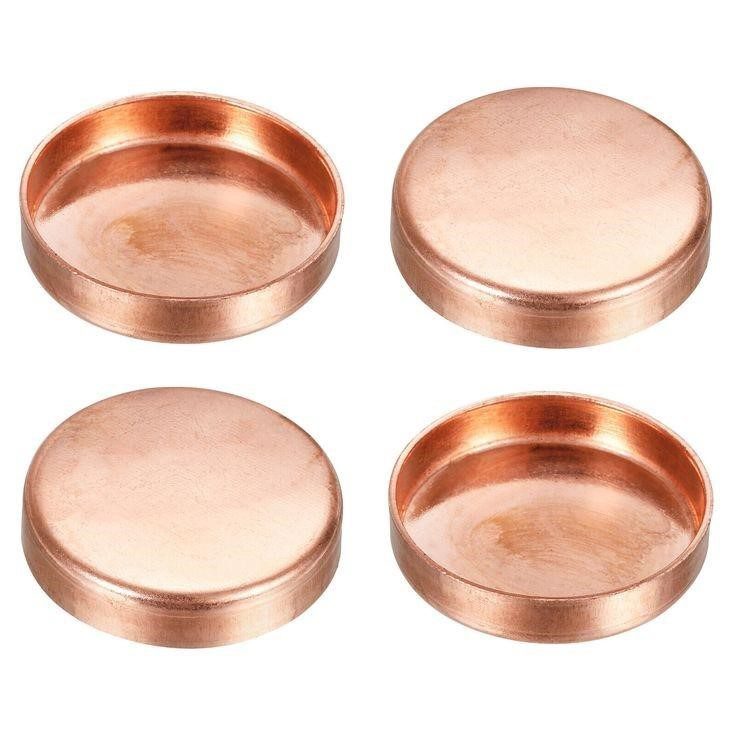
Source: Pinterest
Types of plumbing fittings #7: Coupling
Couplings are used to join two pipes. They slide outside the tube and connect the two tubes with a plug in the middle to prevent the line from going all the way through. They are often used when repairing a piece of pipe. A reducing coupling or reducer connects two lines of different sizes. Collars are used in all types of piping and are available in all piping materials.
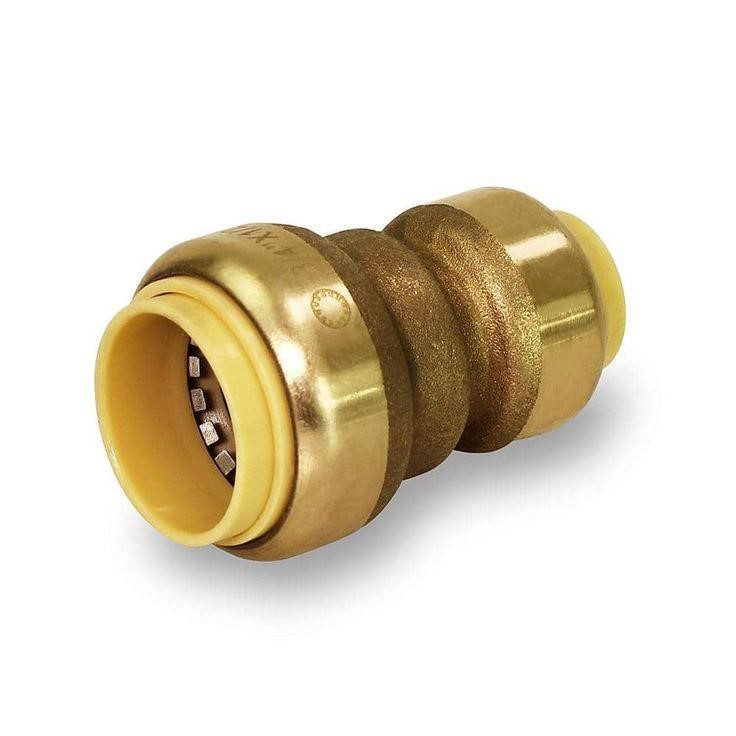
Source: Pinterest
Types of plumbing fittings #8: Union
A union fitting connects two pipes and can be easily separated by simply tightening or loosening the nut. You cannot use it under bathtubs, showers, or hidden areas such as behind walls as it may loosen over time.
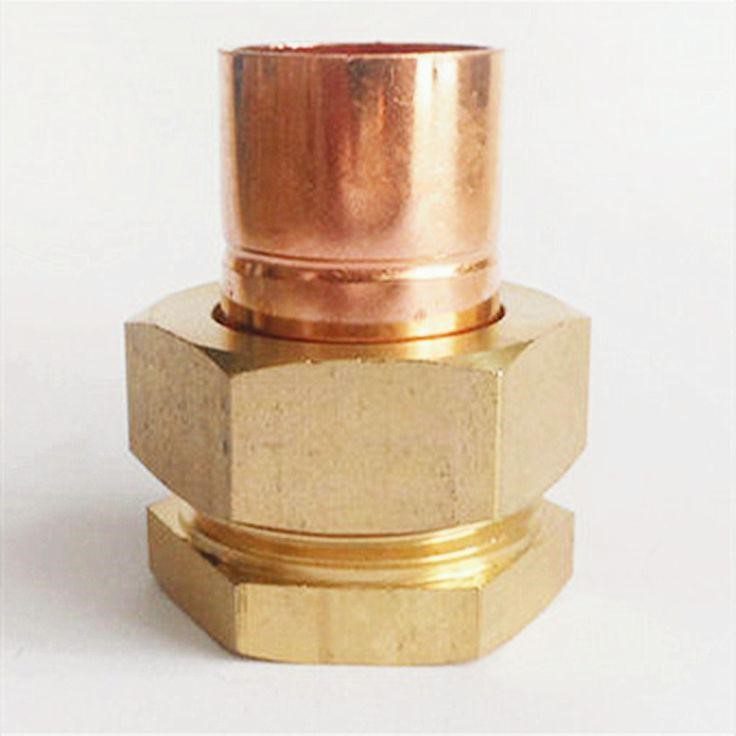
Source: Pinterest
Types of plumbing fittings #9: Traps
Traps are installed under drains in plumbing fixtures to keep sewage gases out of homes and buildings and prevent clogging. Some traps have ports that allow access to the drain line during a blockage. You can only use traps in inaccessible locations such as sink drains.
Fixed traps are used in inaccessible areas such as shower and bathtub drains. Most lures are made from PVC or ABS tubing.
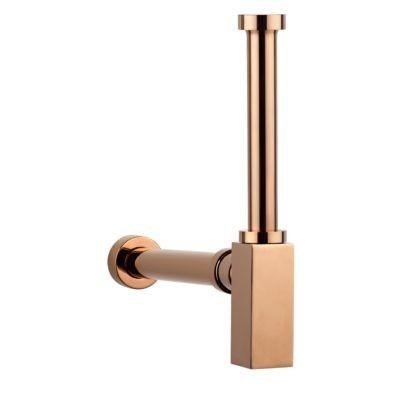
Source: Pinterest
Types of plumbing fittings #10: Nipple
A nipple is used to connect a water supply pipe and is a short piece of pipe, usually made of metal, with a male connector at each end. The internally threaded pipe can join two sections.
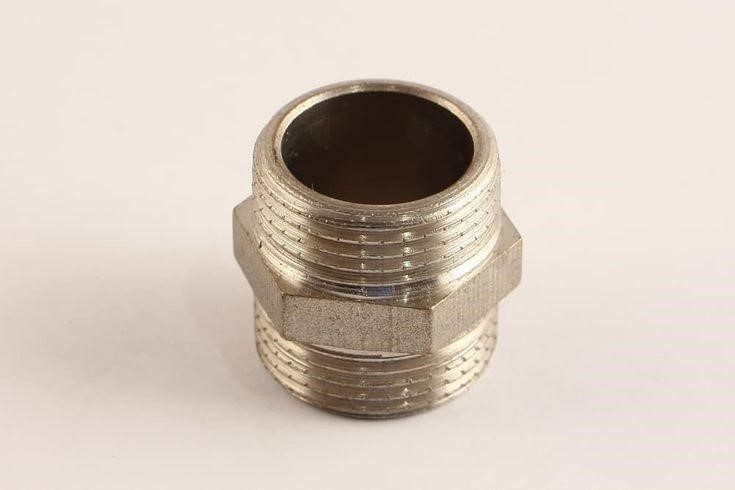
Source: Pinterest
Types of plumbing fittings #11: Bushing
Insert a bushing or reduced bushing into one tube end to reduce the opening size. They allow a quick transition to smaller pipes. You can use them in tight spaces.
A concentric reducer narrows or reduces the size of a pipe in the middle. Looking at the reducer from the front reveals a small cross-sectional shape in the middle of the large tube. They are commonly used for gas lines and vertical lines. An eccentric reducer narrows the box laterally.
If you look at the eccentric reducer head-on, you’ll see that the smaller section abuts one side of the larger tube. These are used when the liquid needs to stay at the same level throughout the pipe.
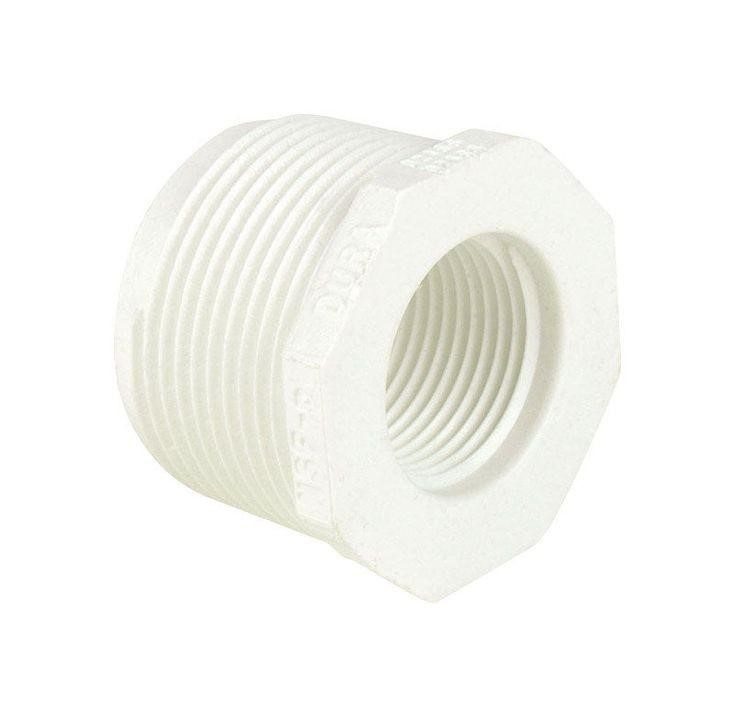
Source: Pinterest
How to connect plumbing fittings?
There are various ways of connecting tube fittings, and they are used depending on the material. Following are some of the most common ways:
Push to connect
Push-to-fit connectors, also known as push-to-fit or click-to-connect, use O-rings and metal teeth for a watertight connection. These connections are made using PEX, PVC and copper tubing in low-pressure situations such as sinks.
Flare
Flare fittings are used in plumbing systems with high water pressure and gas lines. After expanding the tube with a flare tool, connect it with a flare nut and a cone fitting.
Compression
Compression fittings have a threaded body, a nut, and a sleeve called a ferrule. Use pressure to squeeze the pipe and fit it together to create a tight connection.
Crimp
For connecting fittings by crimping, a unique tool called a pipe crimper is used to press or crimp a metal ring around the pipe after the fitting has been inserted.
Barb
Barbs connect hoses to pipes. It is usually male at one end. The other has a barbed tube that is a serrated tapered cone.
It may also have some clamp to hold it in place. The barbs are plastic when carrying cold water and brass when carrying hot water.
How to choose plumbing fittings?
Plumbing pipes and fittings contain a variety of materials. Fittings connect pipe lengths and move the line around obstacles such as electrical boxes. There is a wide range of fittings to choose from, but the best fit depends on the system you are installing and the type of pipe you are using. Before selecting any plumbing fittings, you should consider these points-
Consider the usage
For example, barb fittings work best with flexible hoses, while compression fittings work best with rigid hoses.
Determine material suitability
Material selection plays an essential role in the proper functioning of fittings. Certain fluids are incompatible with the relevant material, and these fittings will cause leaks and system damage. Checking material compatibility with liquids and chemicals is very important.
Check temperature and pressure conditions
Proper operating conditions require adequate temperature and pressure values. Most fittings cannot perform both functions simultaneously, so you must know if your fitting will work at its maximum temperature and pressure rating.
FAQs
What sizes are appropriate for plumbing?
The size of the AN fitting varies in irregular increments from -2 (dash two) to -32, where each step corresponds to the outer diameter of the tubing.
What is the most used plumbing fitting?
Elbows, unions, tees and couplings are the most commonly used plumbing fittings.
What are S and D plumbing fittings?
Belled S&D and SDR-35 pipe is used to join two lines together. These fittings are employed to convey water and solid pipes without any holes.
Housing News Desk is the news desk of leading online real estate portal, Housing.com. Housing News Desk focuses on a variety of topics such as real estate laws, taxes, current news, property trends, home loans, rentals, décor, green homes, home improvement, etc. The main objective of the news desk, is to cover the real estate sector from the perspective of providing information that is useful to the end-user.
Facebook: https://www.facebook.com/housing.com/
Twitter: https://twitter.com/Housing
Email: [email protected]
